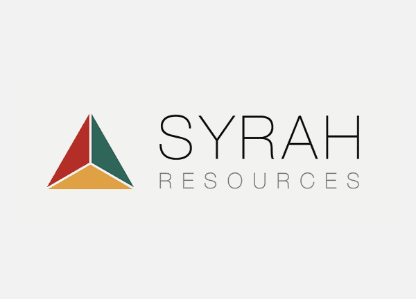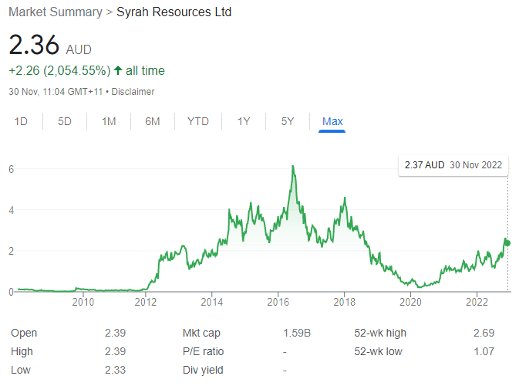Lithium, Nickel, and Copper are well-known as the shortage materials for the EV revolution. But their neglected younger brother should also feature in a well-diversified portfolio.

A key tenet of my investing philosophy is diversification of risk. This means that while exploratory lithium, copper and gold miners remain my favourite types of stocks, a good portfolio should also include companies from across the spectrum, including blue-chips and penny shares, tech stocks and dividend legacies.
But one sector which I have ignored thus far, and potentially to my detriment, is graphite. The shortage gaps for lithium, copper, and nickel have been covered many times over by analysts all over the world, mostly for their requirement within EVs as the rEVolution accelerates.
However, graphite is just as essential to global electrification as its more popular brothers, which could make over-looked graphite stocks some of the best opportunities for UK investors today.
Of course, belief in graphite investment possibilities means understanding the basic EV revolution argument, alongside the tax incentives that have been covered extensively elsewhere.
Graphite chemistry explained
Graphite is a form of carbon found either as crystal flakes or as a mass, and constitutes the third naturally occurring form of carbon, the others being coal and diamond. Graphite’s structure is unique as it works as an excellent electrical conductor, maintains strength at high temperatures, and is resistant to corrosion.

The non-metal is a core material in both the renewable energy and battery metal markets. For context, every EV requires circa 40-60kg of graphite, roughly 40 times more than the required lithium. Tesla CEO Elon Musk, who has previously argued that lithium mining is for those who like to make money, has also enthused that li-ion batteries ‘should be called nickel-graphite’ for their relative weights.
Standard graphite must be made into spherical graphite if it is to be used in the anodes within lithium-ion batteries which act as the power source of EVS. This is done by refining flake graphite into ultra-high purity microscopic spheres.
Further, removing impurities within pre-processed graphite typically requires the use of hydrofluoric acid. The acid is effective, but very toxic and must be neutralised after use and disposed of safely. It’s worth noting that grinding the flakes into balls is electricity-intensive and therefore expensive.
This poses an ESG difficulty, though also an investing opportunity in the handful of companies, such as iTech Minerals, looking to streamline the process.
Note of warning: I am no chemist, and this is a simplified explanation. DYOR.
Lithium market similarities
Like lithium, graphite is not traded on commodity exchanges, but is instead valued by averaging offtake agreements. This is because like lithium, graphite is typically non-fungible, and purity, size, crystallinity, and total processing costs all affect the final sale price. Spherical graphite commands a high price premium, costing more than three times as much as standard graphite.
Currently, the li-ion battery market accounts for circa 35% of global graphite supplies, but to meet the needs of current car manufacturer plans, the global supply needs to double in just five years. This is unlikely to be possible, especially as investors shy away from opening up new operations through the recession.
Benchmark Minerals data shows that the proportional cost of graphite within a li-ion battery stands at circa 15%; this means graphite company investors could stand to benefit from 15% of the growing EV market even if graphite prices remain static.
Like Lithium, China controls much of the global supply, by some accounts as much as 70%. Western countries are now attempting to develop their own mines and processing facilities but remain even further behind than with lithium.
Graphene potential
An important side note is the future potential of graphene. Graphene is a material developed from breaking graphite down into one-atom thick sheets of carbon and many predict it could become a world-changing material.
It’s the globe’s first 2D material, ten times lighter and 100x stronger than steel, is elastic, transparent, and can carry heat and conduct electricity better than copper. Its ductile properties are so exceptional that it comes close to superconductor levels, without needing to be either heated or cooled.
As technological advances come, graphite/graphene supply could become ever more critical, though I will leave these possibilities to better minds than mine.

Best graphite stock pick
At this stage, the best graphite stocks could be those which occupy market-leading positions as they offer the benefits of growth potential without the risks associated with penny investing. However, I will be searching out graphite small caps over the next few weeks that may deliver even higher returns in exchange for bigger risks.

For now, Syrah Resources (ASX: SYR) is an easy stock pick. Boasting partnerships with Tesla and Mitsubishi, Syrah shares are up by more than 100% over the past year to AU$2.37, giving it a market cap of AU$1.6 billion. However, this remains two-thirds lower than its record AU$6.17 a share of June 2016, giving huge scope for further rises.
The ASX company owns and operates by far the largest graphite mine in the world, Balama in Mozambique. The mine has a life expectancy of some 50 years and has an expected eventual output of 15,000 tons.
Given the lockdowns and political chaos in leading graphite producer China, Syrah’s importance to western supply chains is likely to only increase in the near term, especially given its li-ion battery anode factory in Louisiana, US.
For many, Syrah could be a good start in graphite stock investing. Of course, small cap graphite companies may present exceptional opportunities as investors play catch-up, but this topic will be tackled later.
In summary, Syrah could be an excellent stock pick for rEVolution believers seeking a little diversity in what may be heavily concentrated portfolios.
This article has been prepared for information purposes only by Charles Archer. It does not constitute advice, and no party accepts any liability for either accuracy or for investing decisions made using the information provided.
Further, it is not intended for distribution to, or use by, any person in any country or jurisdiction where such distribution or use would be contrary to local law or regulation.
